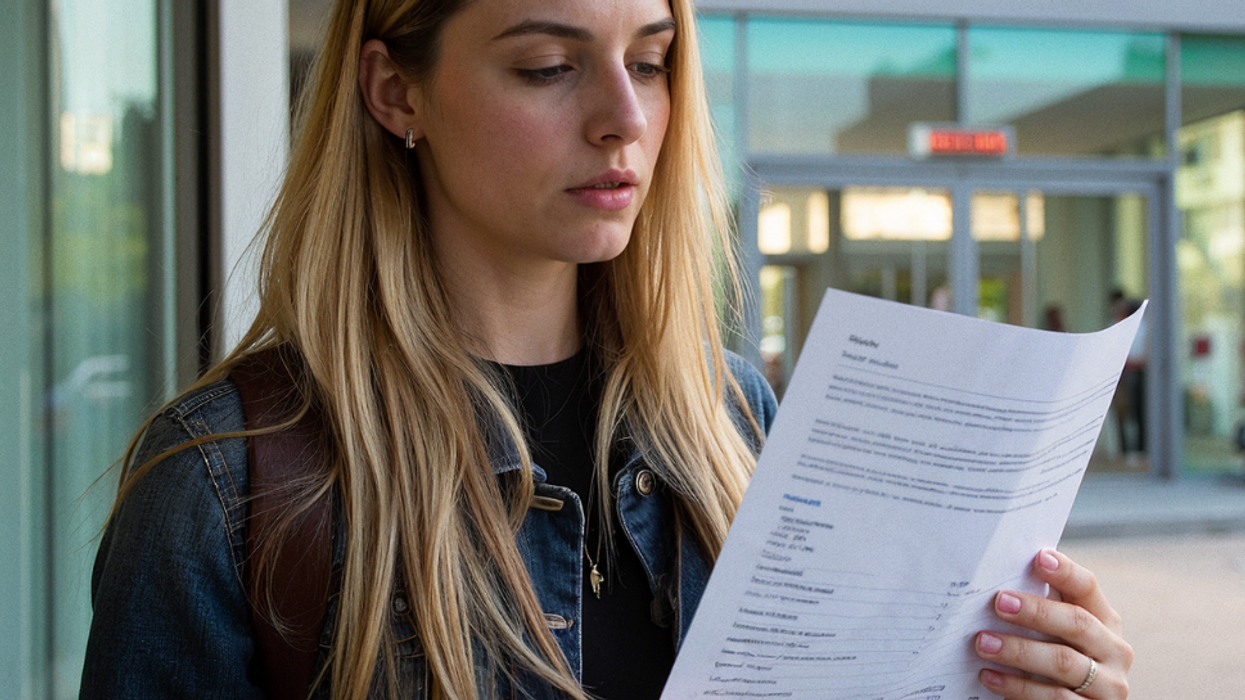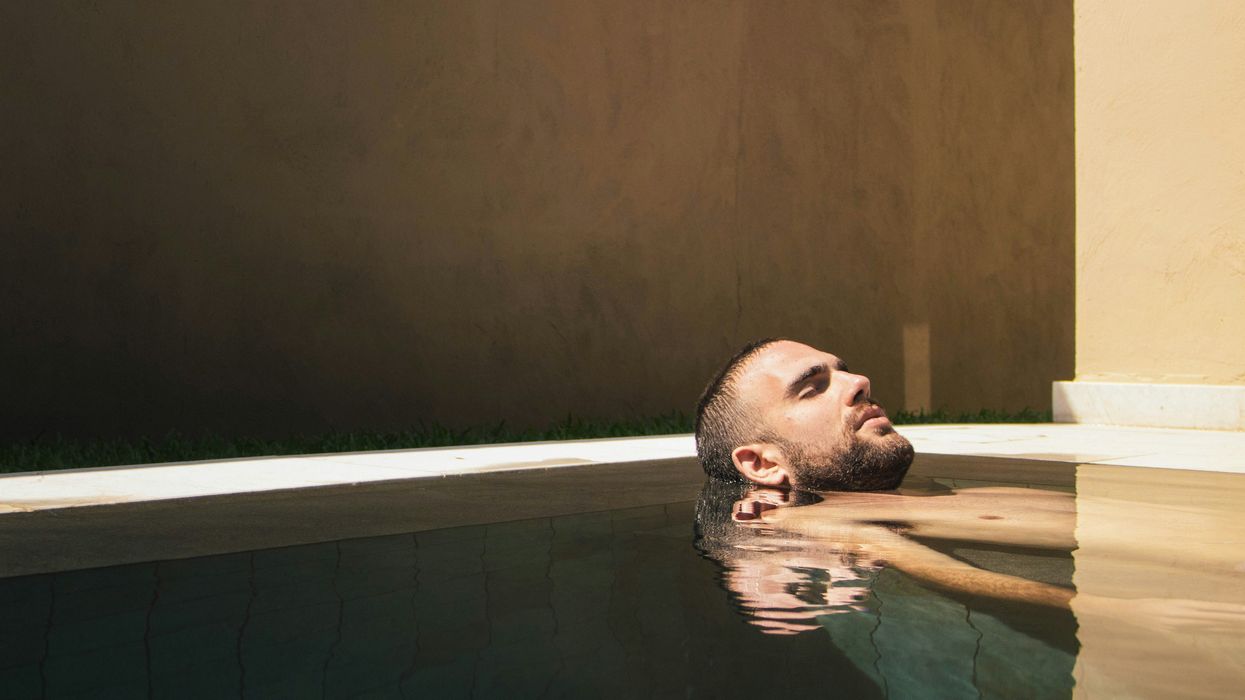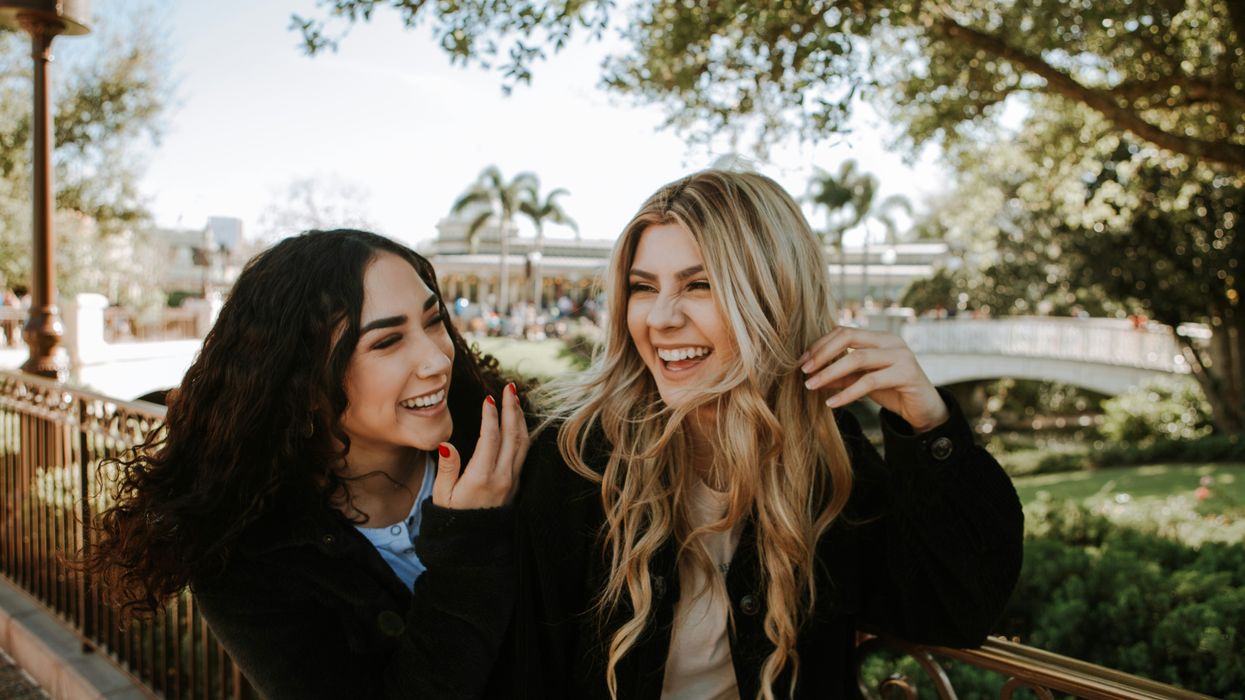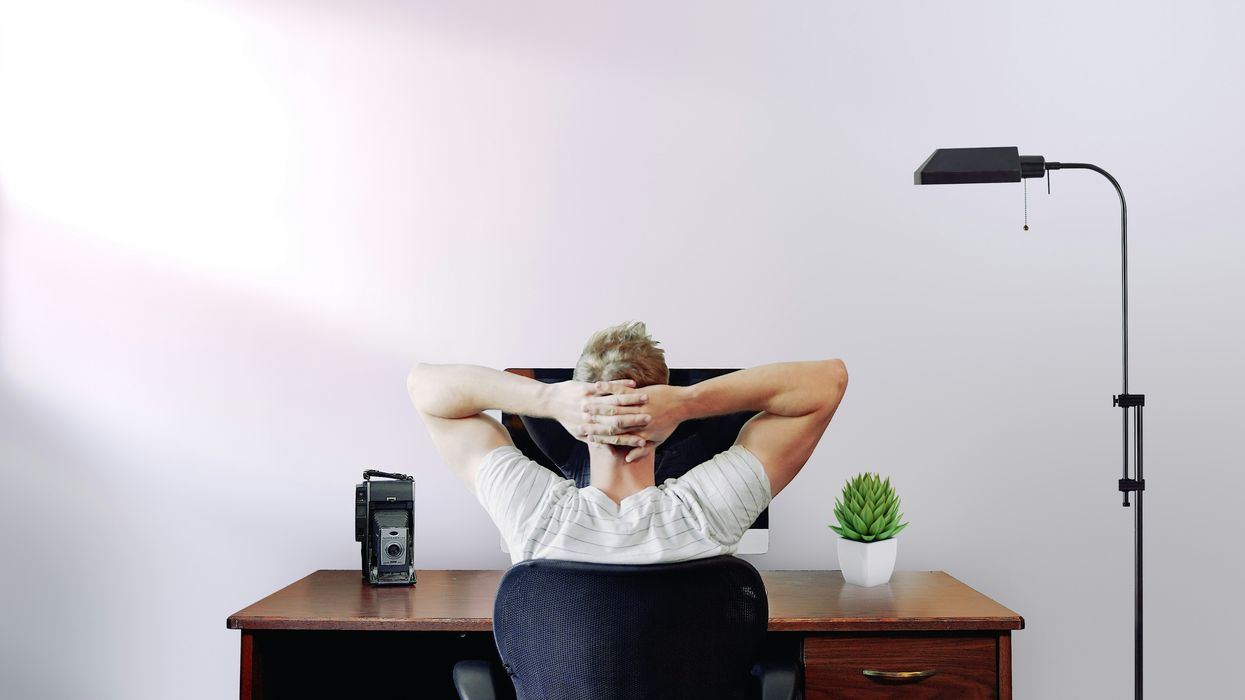Exploring another country comes with unforgettable moments—new cultures, new foods, new perspectives. But it can also bring unexpected challenges, especially when emergencies happen far from home.
That’s exactly what Ana Ochoa faced in Madrid when her 83-year-old father suddenly missed a step and fell hard onto the pavement outside a restaurant. Panic set in. Thankfully, an ambulance quickly arrived and transported him to Hospital Clínico San Carlos, one of Spain’s most well-regarded hospitals.

At the hospital, doctors wasted no time. They performed X-rays and quickly diagnosed Ana’s father with a fractured humerus—a painful break in the upper arm bone that connects the shoulder to the elbow.
While Ana was grateful for the swift care, she couldn’t ignore the growing worry in the back of her mind: what was all of this going to cost? Her father had taken an ambulance, undergone multiple tests, and would be heading home with a prescription—all without having local health insurance. In the U.S., that kind of treatment could easily rack up thousands, with the ambulance ride alone sometimes costing over $1,000 for those without coverage.
So when a letter from the hospital arrived just a few days later, Ana and her family braced themselves. “It was a pretty big hospital visit, you know, with all the things,” she explains in a TikTok titled “When the ambulance bill is cheaper than an Uber ride in LA. 🚑😳” (At one point, her father casually appears in the background. “Oh, there he is! With his sling,” Ana says.)
“So, we get the bill. Guess how much it is,” she continues. “He has no insurance, he’s not from Spain, he doesn’t live here.” She holds up a piece of paper to the camera. “Can you see it?”
The grand total? €185 euros. That’s it. Roughly $194 in U.S. dollars.
Culture shocked
Along with her husband and two young children, Ana moved to Spain from California less than a year before her dad’s accident. “We have wanted to do this for a long time as a family, and we feel like right now is the perfect time to move to Spain,” she wrote in an earlier post. “We are looking forward to this new adventure… traveling to Europe, the food, the culture, and for the kids to fully learn Spanish!” Since arriving in Madrid, she’s documented the family’s adventures, enjoying the country’s beautiful beaches, restaurants, and music.

What Ana didn’t expect was to fall completely in love—with Spain’s healthcare system. The experience shifted her perspective, challenging everything she once thought was “normal” back in the U.S. Her story, now topping over 1 million views across TikTok and Instagram, has sparked a global conversation, leaving many Europeans—especially Spaniards—stunned by the realities of American healthcare.
“In Belgium, we have something called ‘gemeentebelasting.’ City taxes once a year, and that pays for [ambulances and emergency services], just like firefighters. My last surgery cost me €75 ($81),” writes commenter Vanessa Neetesonne.
“I live in the U.K., had an operation, stayed in the hospital a few nights, had biopsies, etc., and paid nothing. I have lifelong medication for free, too,” adds another.
“In Europe, health is a right, not a business,” another comment reads, which garnered over 13,000 likes.

In her video captioned, “Ambulance rides in the U.S.: a luxury service, apparently,” Ana offers a sobering glimpse into her home country’s healthcare system. “Why do we pay for ambulances? Why don’t our taxes pay for ambulances like they pay for firefighters and the police?” she begins. “People take Ubers to the hospital because they don’t want to pay the ambulance fees… and in Spain, it’s free. It wasn’t the ambulance bill we were paying for, actually. It was the ER bill, the X-ray bill. The ambulance was free! It was zero!”
The alternative American nightmare
If Ana’s father had suffered the same injury in the U.S., the financial outcome would’ve looked vastly different. Even with solid health insurance, the combination of deductibles and co-pays could have left him with a bill anywhere from $1,000 to $3,000—five to fifteen times more than what he paid in Spain.
Without insurance, though? That single misstep outside the restaurant could have easily turned into a devastating financial burden.

For Americans without insurance, the hidden costs of a simple emergency can snowball fast:
- Ambulance: Between $400 and $1,200, depending on location, distance, and whether the provider is public or private.
- Emergency room visit: An injury assessment alone can range from $1,000 to $3,000.
- X-rays: Multiple scans for a fracture? That’s another $300 to $1,000.
- Prescribed medication: Painkillers and anti-inflammatories could tack on an extra $50 to $200.
By U.S. standards, Ana’s father’s treatment could have easily topped $5,000—and that’s just the initial visit. If surgery or follow-up care was required, the final cost would skyrocket. Or, as one commenter on Ana’s TikTok put it bluntly: “Welcome to first-world medicine.”
Protecting your health while traveling
Ana’s story may highlight just how affordable out-of-pocket care can be in some countries, but it’s still essential for travelers to plan ahead when it comes to medical needs.

When seeking care abroad, always carry your passport and a credit card. Many clinics, especially in tourist-friendly areas, can provide itemized receipts that may help with insurance reimbursement later.
Bring enough of any prescribed medications to last your entire trip—plus a little extra—stored in their original labeled containers. If possible, include a doctor’s note outlining your condition and prescriptions, and research the local brand names for your meds in case you need a refill.
For many Americans used to sky-high medical bills, stories like Ana’s offer a surprising glimpse into how healthcare works elsewhere. While the U.S. system remains one of the most hotly debated topics in politics, Ana’s experience is a reminder that other models do exist—and that meaningful change is always possible.












 A daunting mess was no match for one woman. Jonna Roslund, used with permission.
A daunting mess was no match for one woman. Jonna Roslund, used with permission.  What looks like just a tidy room was actually a giant victoryJonna Roslund, used with permission.
What looks like just a tidy room was actually a giant victoryJonna Roslund, used with permission.  Jonna Roslund, used with permission.
Jonna Roslund, used with permission. 






 man in white dress shirt sitting beside woman in black long sleeve shirt Photo by
man in white dress shirt sitting beside woman in black long sleeve shirt Photo by  person near clear glass window pane and window blinds low-light photography Photo by
person near clear glass window pane and window blinds low-light photography Photo by 
 Happy Full House GIF
Happy Full House GIF  The Fresh Prince Of Bel Air Reaction GIF
The Fresh Prince Of Bel Air Reaction GIF 
 TikTok | @brinleemiles
TikTok | @brinleemiles
 Fathers Day Dance GIF
Fathers Day Dance GIF  Billy Crystal Crying GIF by MOODMAN
Billy Crystal Crying GIF by MOODMAN